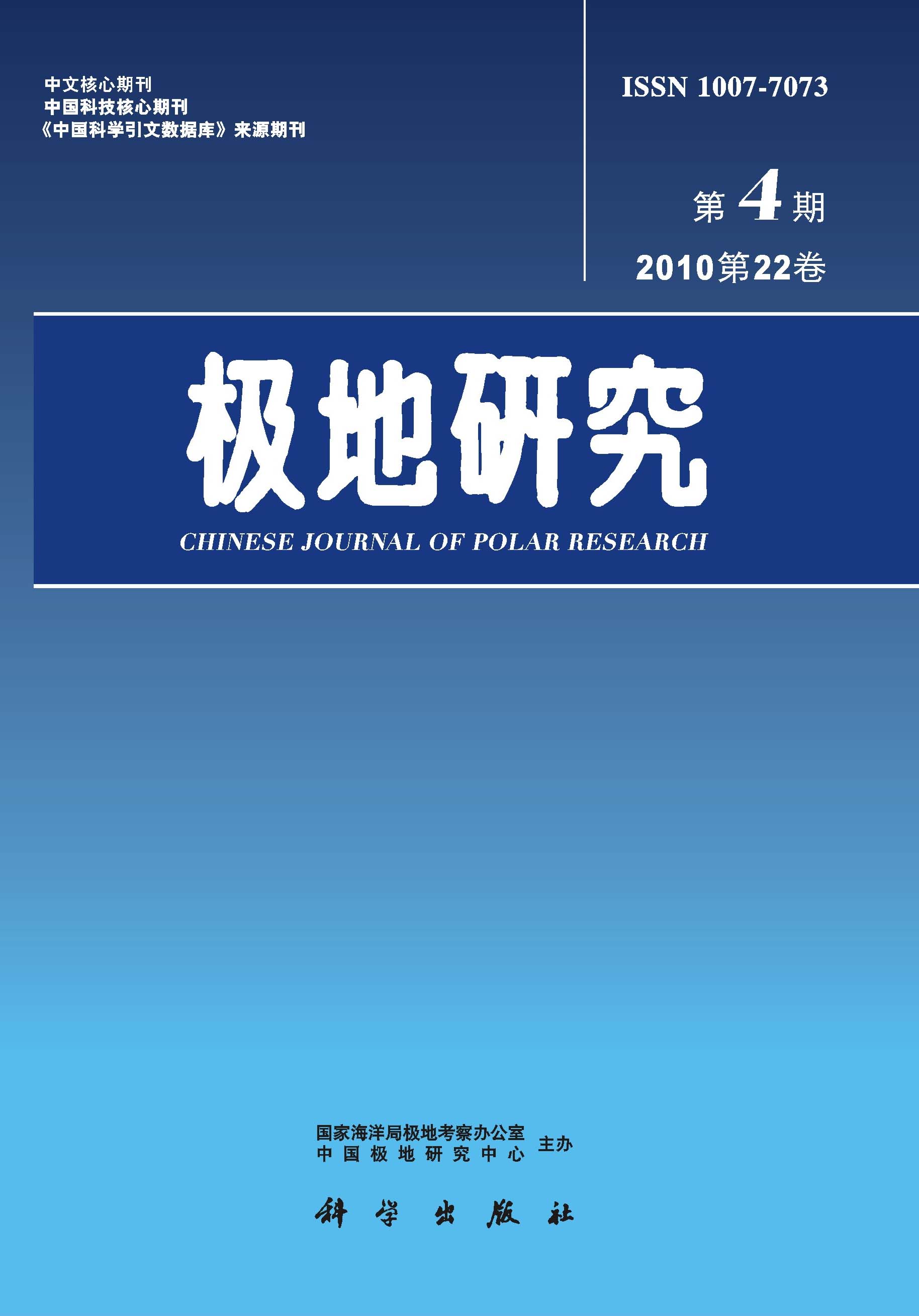During the austral summer of 1987-1988, the experiment for boundary layer observation was carried out over the Great Wall station (62 ?3'S, 58 ?8'W, 10m), The microcomputer sampling system was used for measurement of various components of the radiation balance on the surface and the meteorological elements at 5 levels (at 0.5, 2.0, 10.0 20.0 and 32.0 m). In this study, the thermal and dynamical characteristics over the station area are analysed by using the boundary layer data obtained in the experiment. The energy balance at the surface can be expressed as B=SH+LE+Os where B, SH, LE and Os are items of net radiation, sensible heat flux, latent heat flux and heat flux into the ground. In this study the elements in the equation are calculated by using the method of the average atmospheric flux profile according to the similarity theory. The suggestions from the obtained data are as follows. 1. The daily variation in all components of the summer surface thermal balance over the Great Wall station is prominent. The daily averaged net radiation value for both snow-covered and bare land surface is estimated to be positive. 2. The inversion exists below 2.0m above snow-covered surface which results in the heat transmission from air to land and negative sensible heat flux. The situation above nonsnow-covered land surface is contrary, where the sensible heat flux is positive. Because of the effects of polar cyclone activities all the year round, the Great Wall station area is abundant in moisture, and the land surface keeps wet. It leads the latent heat flux over 75% of the net radiation to be comsumed by the surface in the process of snow melting and moisture evaporation. The sensible heat flux and the heat flux into the ground are not significant, only 25% and 2% of the net radiation respectively. 3. The daily variation in summer turbulent exchange coefficient (K) over the area studied is not significant, with a maximum value of 0.15 m/s. That implies the weak turbulence severity over polar regions. In addition, the average summer drage coefficient (CD) obtained by the heat equilibrium method is 1.207x 10~3. 4. It is found that in summer the land surface of the Great Wall station is the heat source for atmosphere. Therefore, it can be seen that the thermal status over sub-Antarctic region differs greatly from that over Antarctic continent. This situation should be considered in analysis on the effect of the polar thermal status on the global circulation. 5. The Qinghai-Xizang plateau is the third pole of the earth. The thermal and dynamical characteristics in the summer of the GWS area are comparable with that in the western part of Qinghai-Xizang Plateau when it is in rain season. Whereas, the characteristics in the summer of the inland of the Antarctic are quite similar with that of Zumolang-ma area of Qinghai-Xizang plateau in winter, as it is perennially covered with snow. That is interesting when we compare the Antarctic with the Qinghai-Xizang Plateau.

